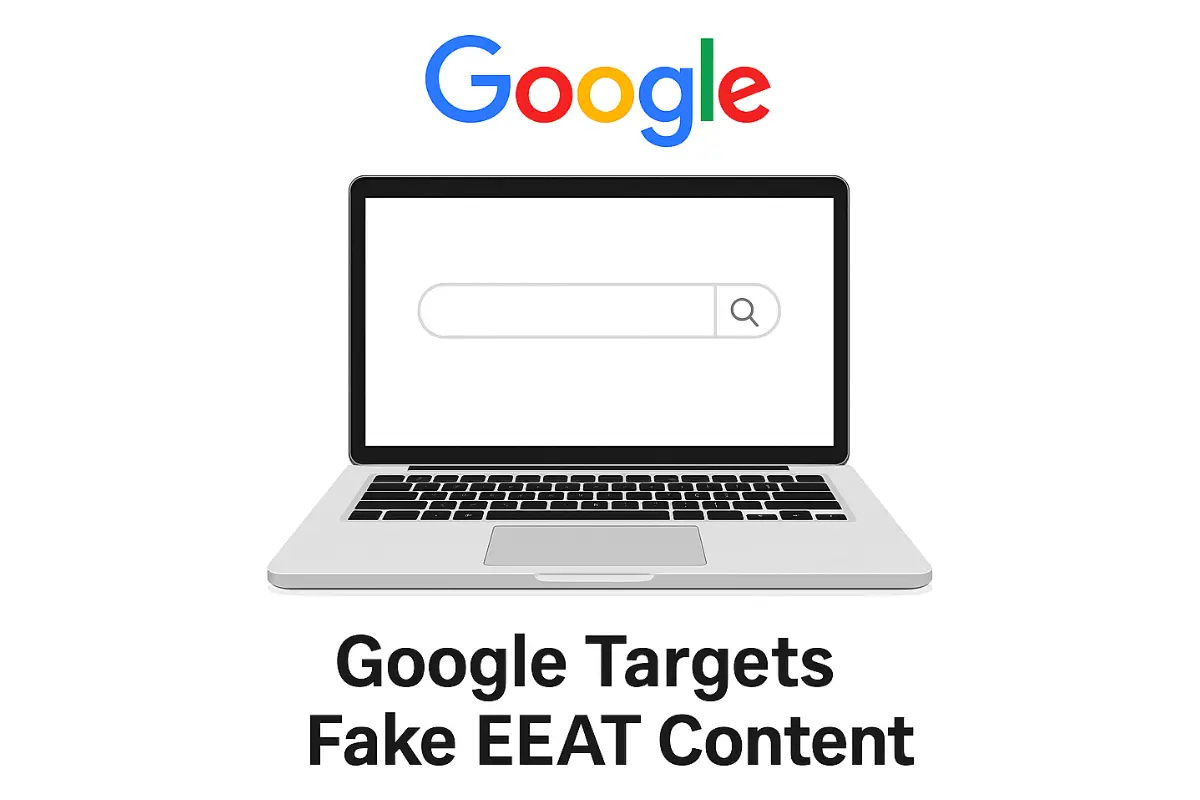Google Targets Fake EEAT Content in Latest Quality Rater Guidelines Update
Google’s updated Quality Rater Guidelines now include fake EEAT signals and other manipulative strategies, reiterating the importance of authenticity in content.
TL;DR:
Authenticity is more important than ever for content and SEO strategies, as Google highlights real expertise and trustworthiness.
Significant Update in Section 4.5.3
Google has made a substantial overhaul of Section 4.5.3 of its Quality Rater Guidelines (QRG), improving clarity and expanding the definition of deceptive practices. The update seems to fill in loopholes where some misleading strategies may have gone undetected in the past. This action may be a precursor to future algorithm updates that more effectively identify deceptive content.
Spotlight on Deceptive Intent
The updated guidelines criticize websites that intentionally offer misleading information in pursuit of monetary benefits. Such examples are:
- Product recommendation websites pretending as celebrity blogs.
- Independent product testing claims with no actual tests performed.
Fake EEAT Signals Now Subject to Review
Google is now strictly enforcing websites that simulate their Expertise, Experience, Authoritativeness, and Trustworthiness (EEAT). Examples are:
- Purporting a physical store where the company only exists online.
- Employing doctored images or addresses to seem more credible.
Deceptive Design Elements
The new QRG also mentions deceptive user interface strategies, including:
- Buttons or links that claim to close a pop-up but instead perform some other unexpected behavior like app downloads.
Conclusion
This refresh reinforces Google’s commitment to combating misinformation and manipulative SEO practices. Brands and content creators need to prioritize real user value and authentic transparency. Authenticity isn’t just advised—it’s now a ranking requirement.

